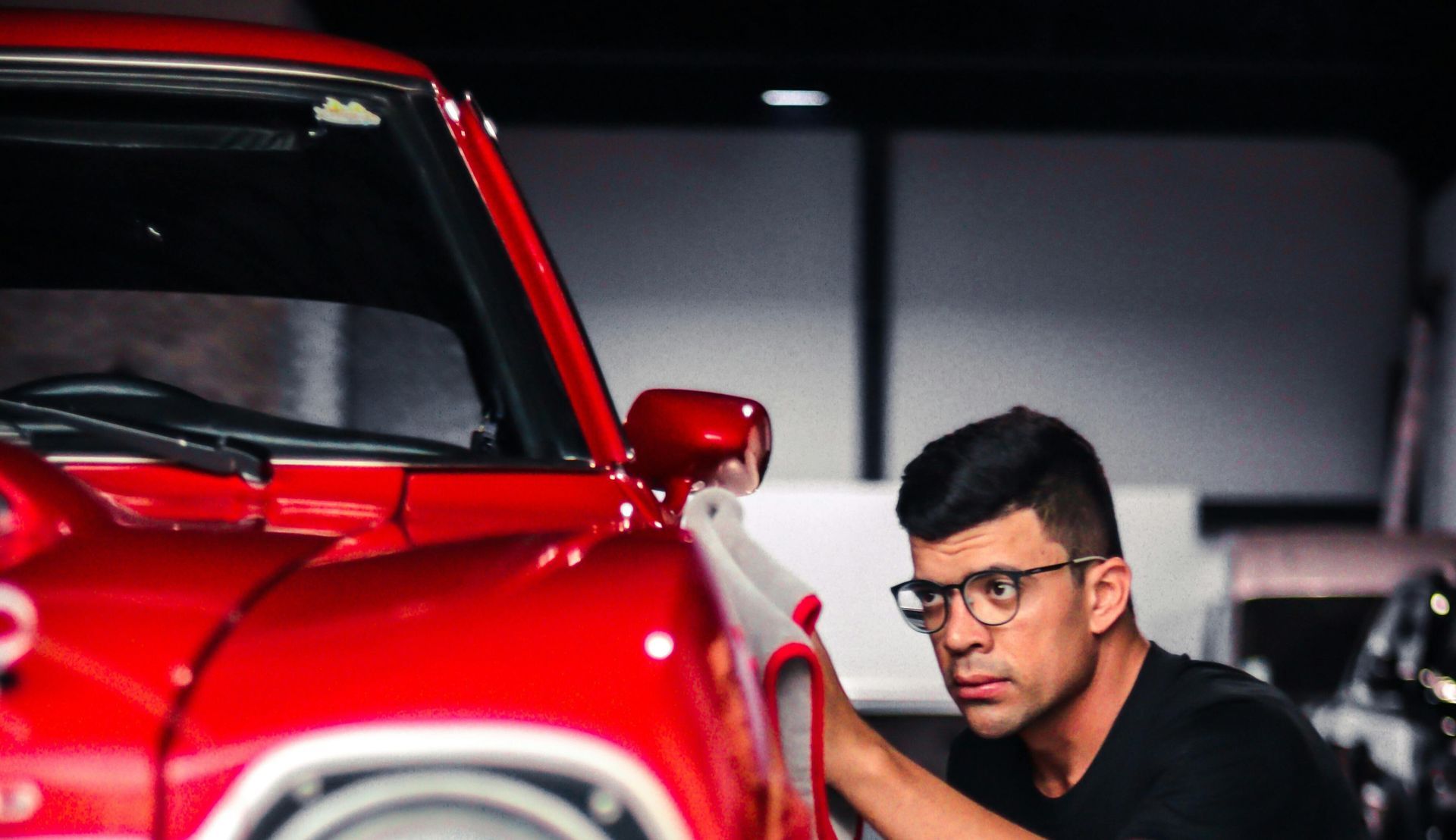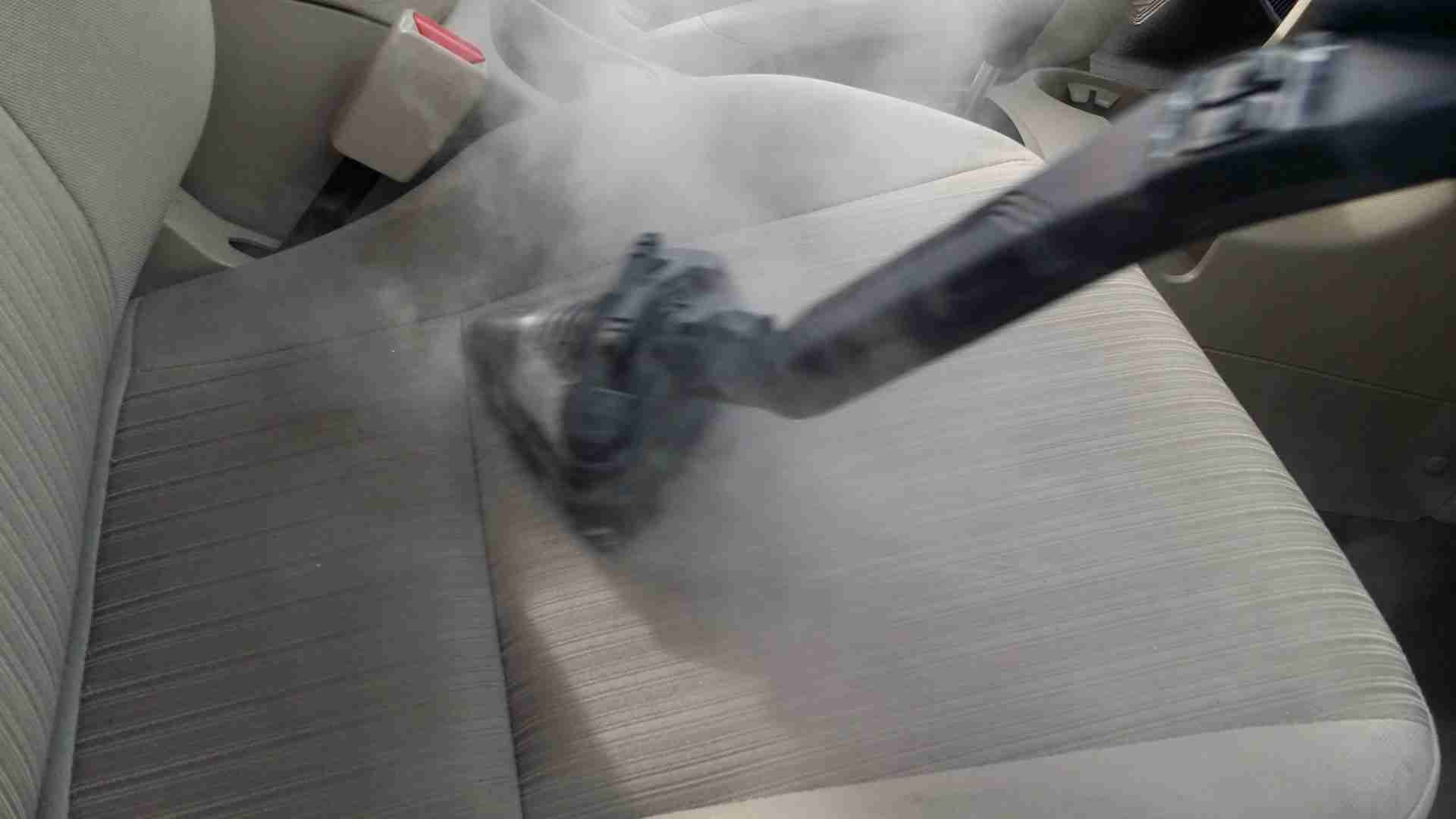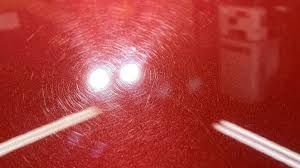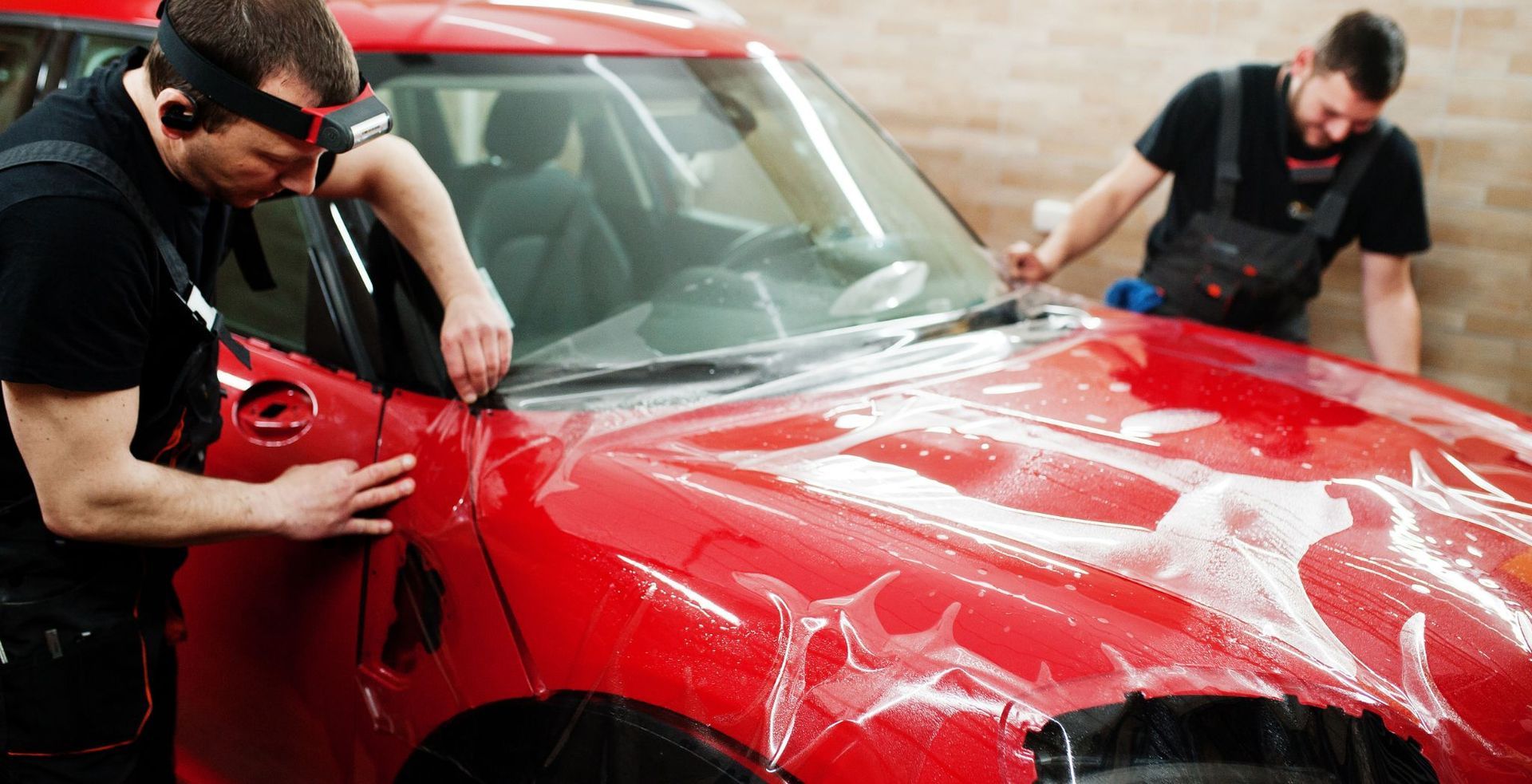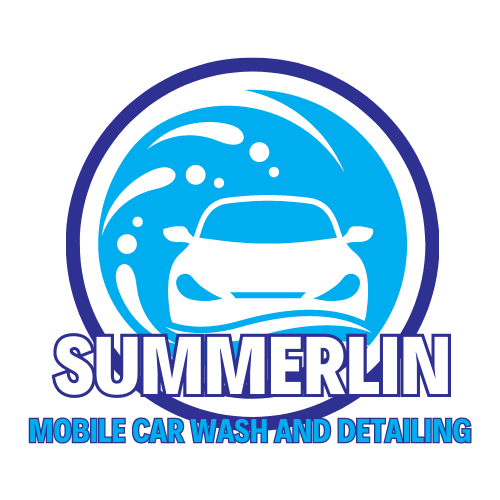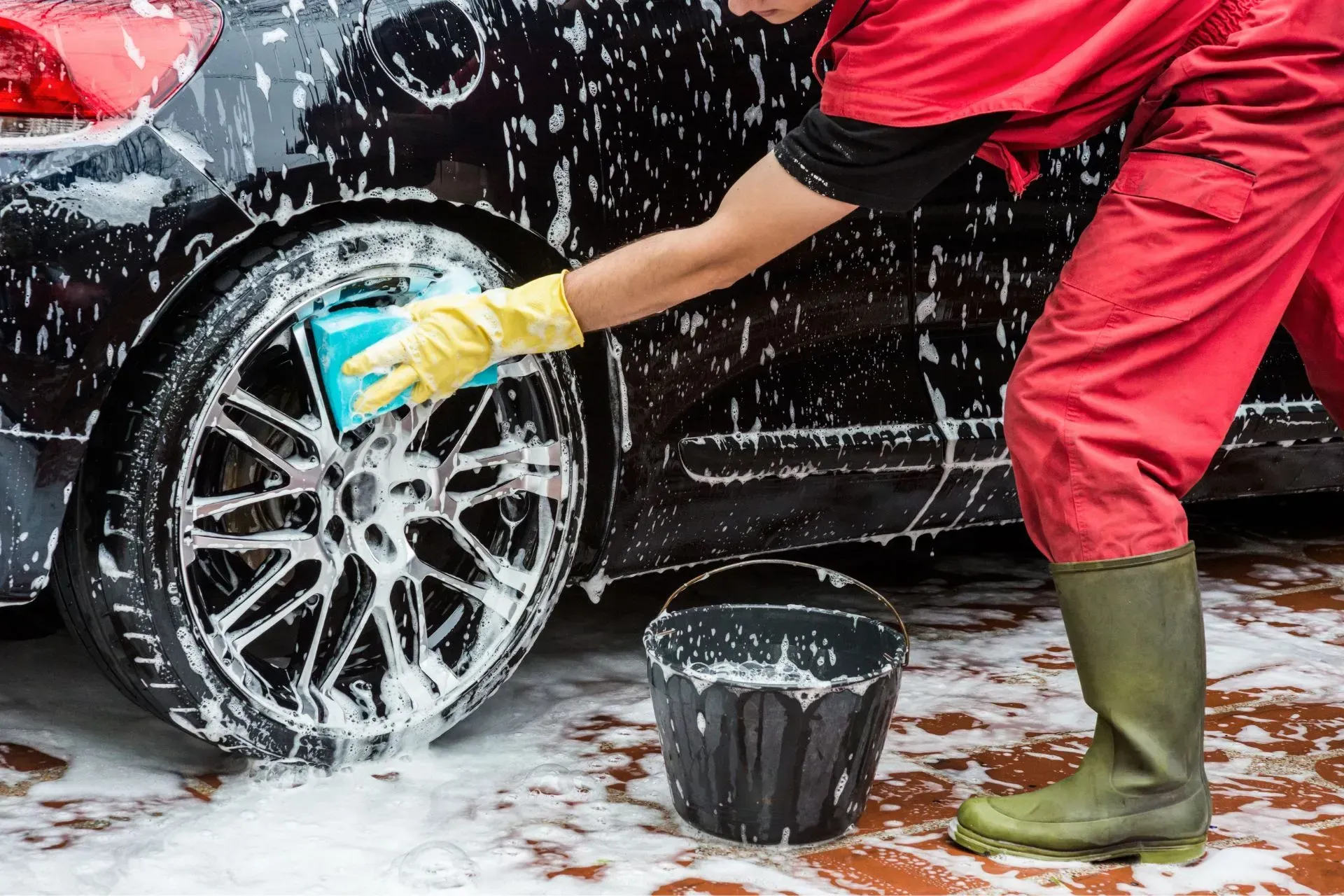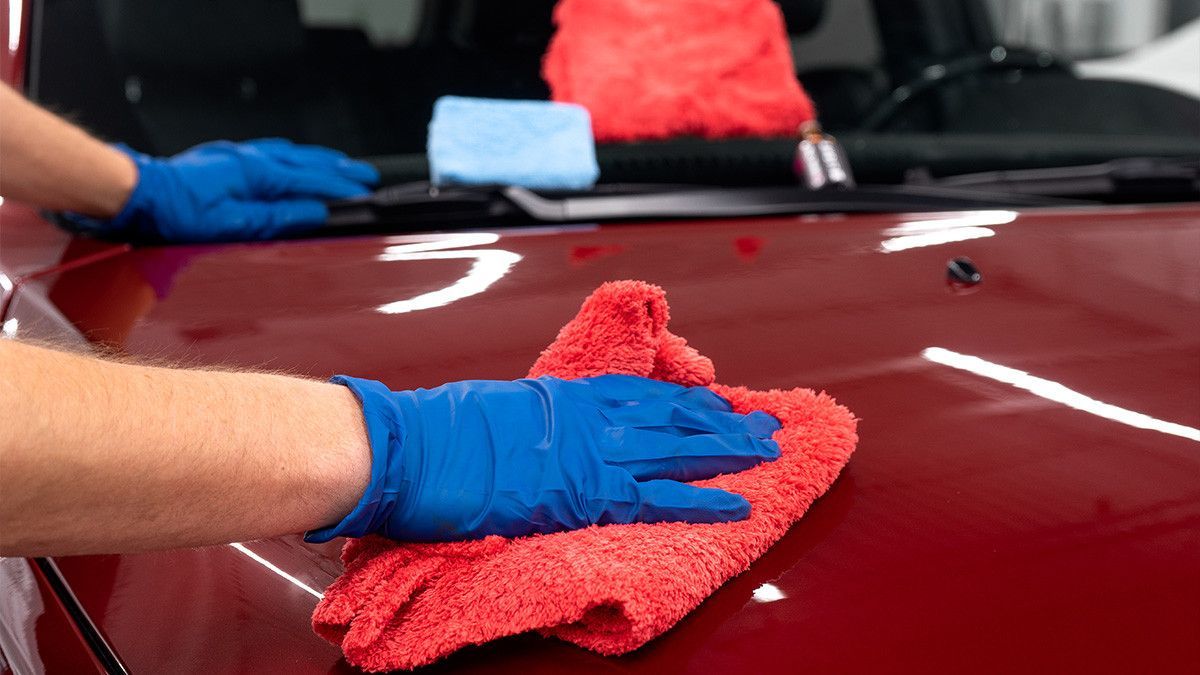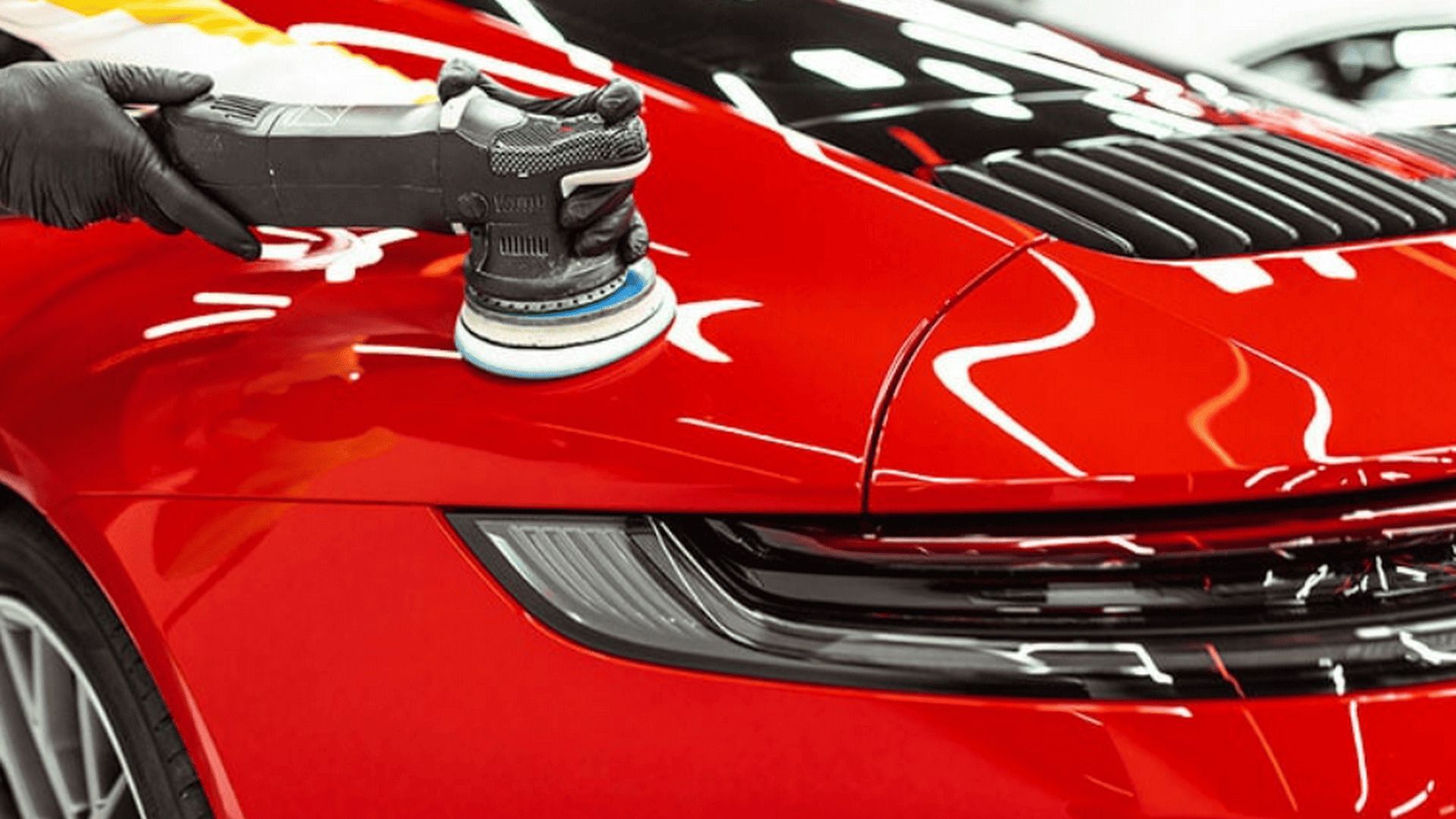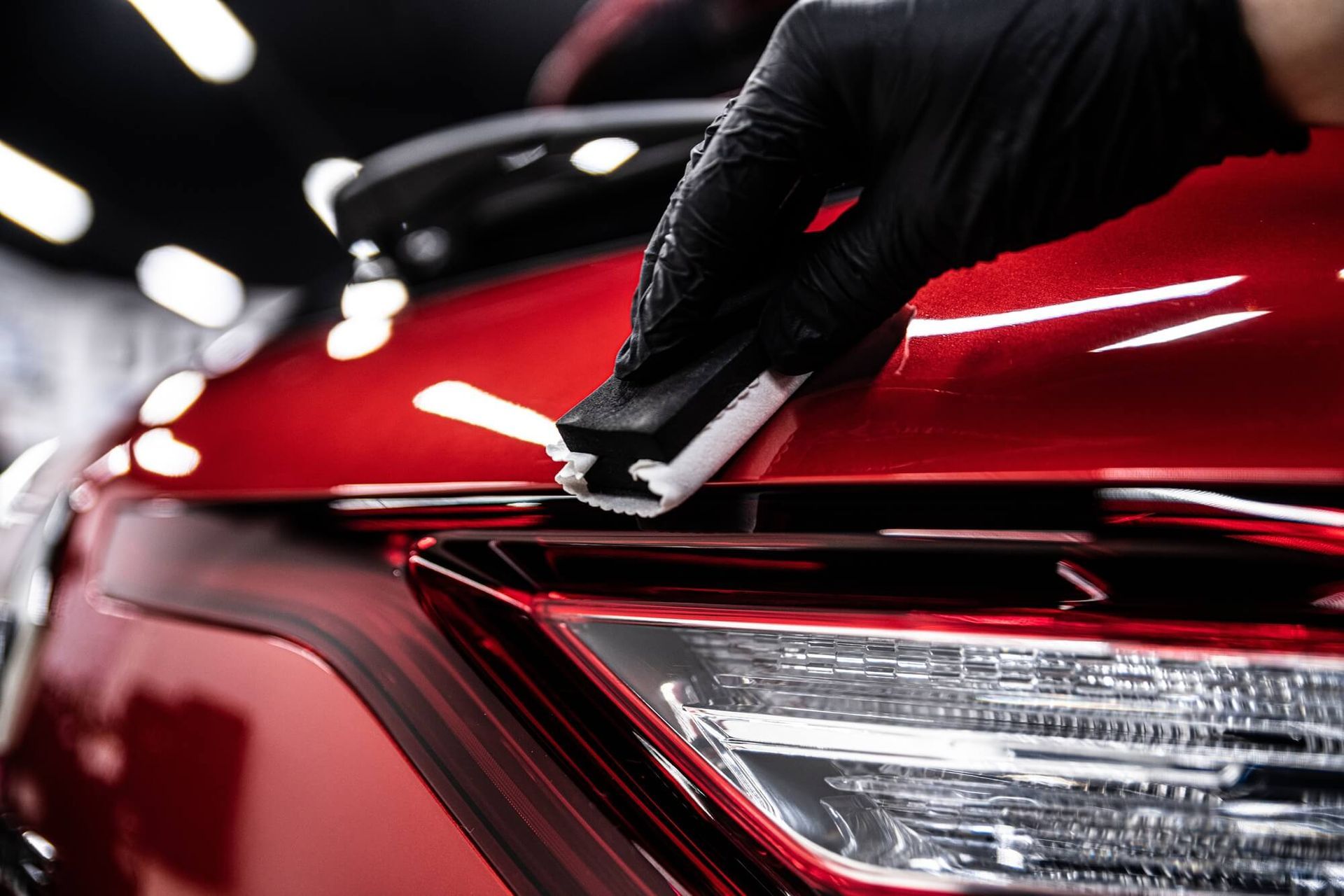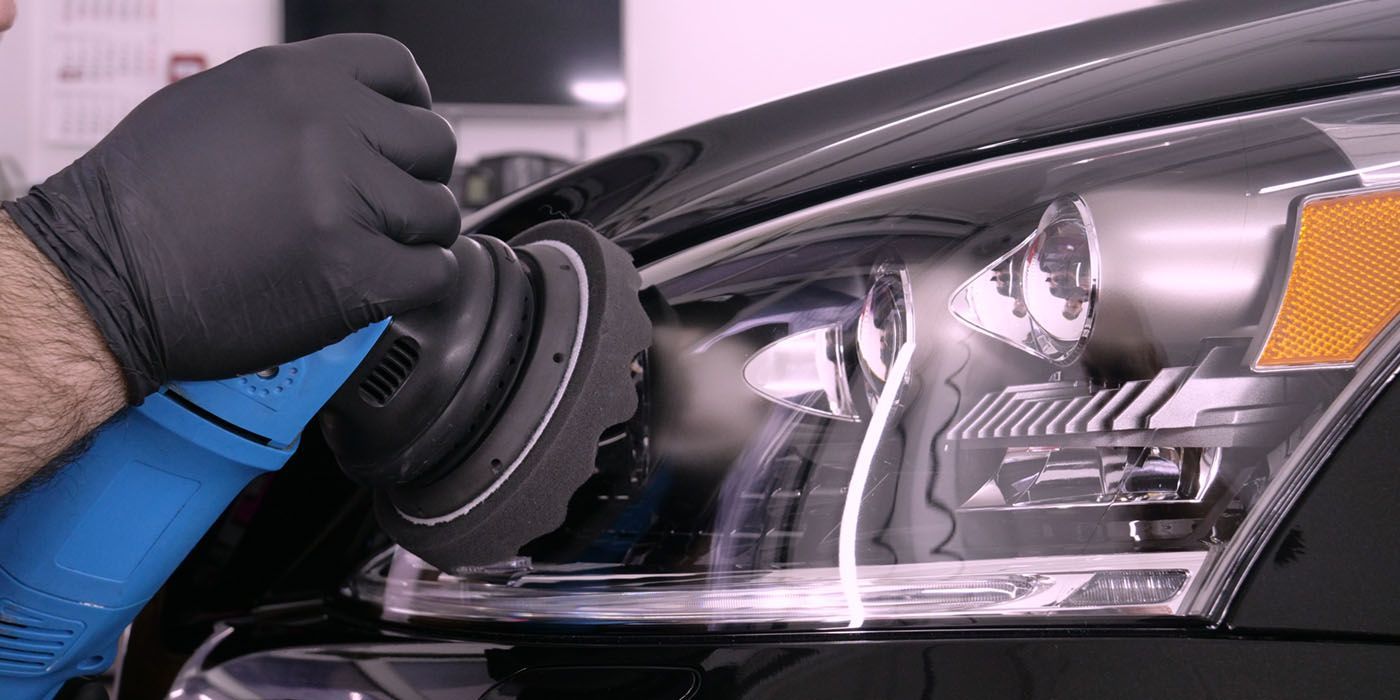Mastering The Art of Exterior Detailing
There’s something deeply satisfying about standing back and admiring a car that’s been meticulously cleaned, polished, and protected. The gleam of the paint, the sparkle of the wheels, and the streak-free windows all tell the story of a job done with care. That’s the essence of mastering the art of exterior detailing — it’s not just washing a car; it’s preserving its beauty and protecting its value.
Exterior detailing goes beyond a quick rinse. It involves precise techniques, the right tools, and quality products that bring out the best in your vehicle’s appearance. Whether you’re a weekend DIYer or a professional detailer, understanding these steps will help you achieve professional-grade results.
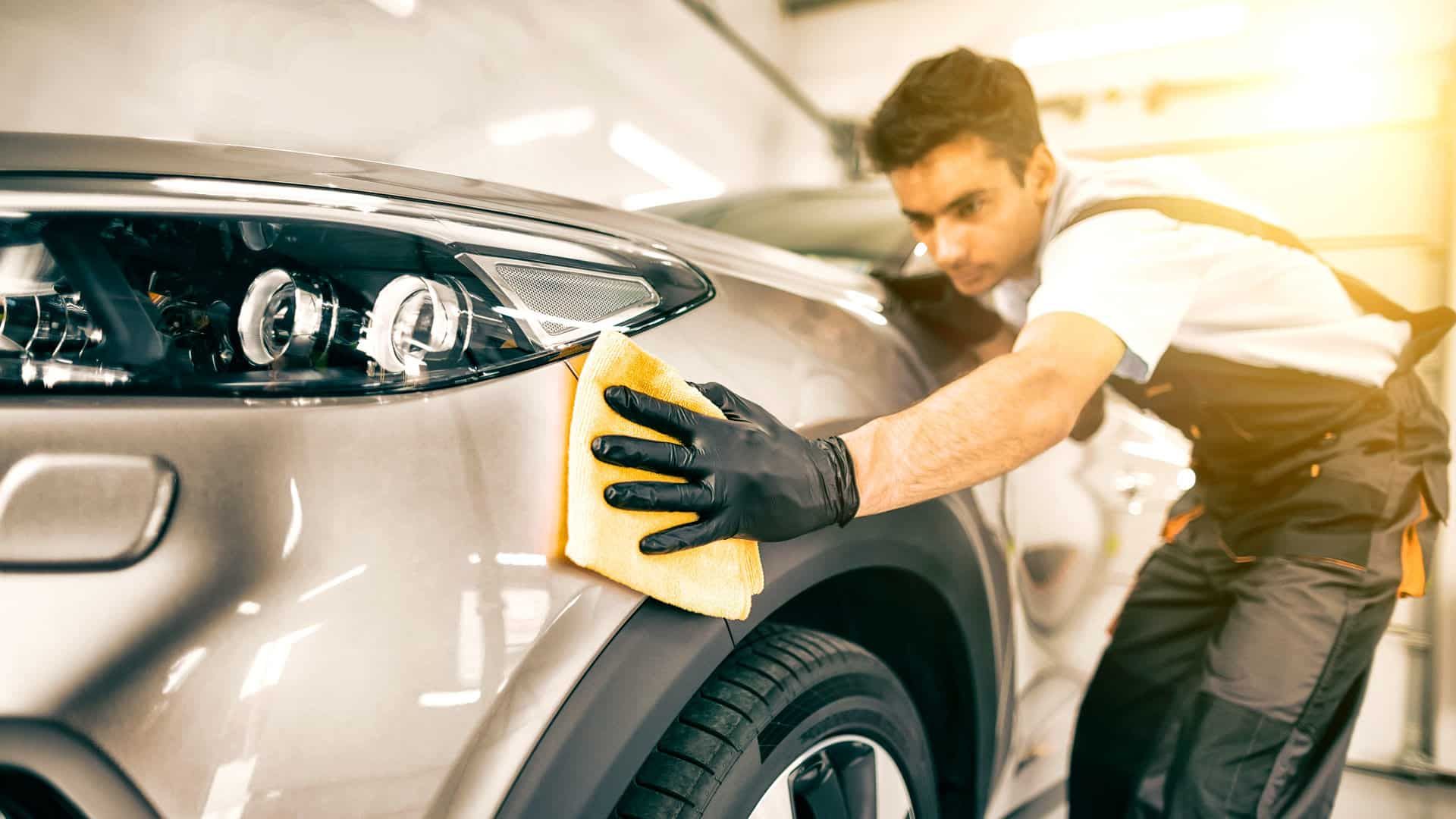
Mastering The Art of Exterior Detailing
Exterior detailing is a meticulous process aimed at restoring and protecting a vehicle’s exterior surfaces. It includes cleaning, polishing, and safeguarding every visible exterior component — from paintwork and wheels to windows and trim.
When done correctly, detailing not only enhances your car’s looks but also extends the lifespan of the paint and protects it from environmental damage. Think of it as preventive care for your vehicle’s skin.
Understanding the Importance of Exterior Detailing
Neglecting your car’s exterior can lead to long-term issues: oxidation, fading paint, corrosion, and more. Road salt, UV rays, bird droppings, and even tree sap can wreak havoc on your paint job. Regular exterior detailing creates a protective barrier, reducing these risks and helping maintain resale value.
In short, detailing isn’t just about vanity — it’s about preservation.
Essential Tools and Equipment for Exterior Detailing
Every skilled detailer has a reliable toolkit. Here are some essentials:
- Two-bucket wash system – one for soapy water, one for rinsing
- Microfiber wash mitts – gentle on paint
- pH-balanced car shampoo – safe cleaning without stripping wax
- Detailing brushes – for tight areas like grilles and badges
- Clay bar – removes embedded contaminants
- Polisher and pads – for restoring paint clarity
- Wheel cleaning tools – including soft brushes and mitts
- Drying towels – high GSM microfiber for streak-free results
Having the right tools ensures you can work effectively without scratching or damaging surfaces.
Choosing the Right Cleaning Products for Your Car’s Finish
Not all cleaning products are created equal. Using harsh detergents can strip protective coatings and dull your paint. Instead, choose:
- pH-neutral shampoos – gentle on wax and sealants
- Non-acidic wheel cleaners – safe for alloys and chrome
- Dedicated glass cleaners – streak-free clarity without residue
- Trim restorers – revive faded plastics
Opt for high-quality products; they often last longer and give better results.
Step-by-Step Guide to Washing Your Car
- Rinse thoroughly – remove loose dirt and debris.
- Pre-wash foam – loosen grime for safer contact washing.
- Two-bucket wash method – avoid cross-contaminating the wash mitt.
- Top-down approach – clean higher panels before lower ones.
- Rinse again – remove all soap residue.
- Dry with microfiber towels – prevent water spots.
This simple yet disciplined process minimizes the risk of swirl marks.
How to Safely Remove Dirt, Grime, and Road Tar
Stubborn contaminants like tar or tree sap require special attention. Use a clay bar or clay mitt with plenty of lubricant to safely lift these particles from the surface without scratching. For road tar, a tar remover or citrus-based cleaner works best — always follow up with a wash.
Polishing Techniques for a Mirror-Like Shine
Polishing restores the paint’s clarity by removing fine scratches and oxidation. Use a dual-action polisher with appropriate pads and polish grades. Work in small sections, and let the machine do the work — pressing too hard can cause micro-marring.
Waxing vs. Ceramic Coating: Which is Better?
- Wax – Easy to apply, gives a warm glow, lasts 1–3 months.
- Ceramic coating – Provides long-term protection, resists chemicals and UV, can last years.
If you’re looking for convenience, wax is fine. For maximum protection and low maintenance, ceramic coating is the way to go.
Protecting Your Car’s Paint from UV and Weather Damage
UV rays can fade and degrade paint over time. Applying a wax or ceramic coating acts like sunscreen for your car. Also, consider parking in shaded areas or using a car cover for added protection.
Detailing the Wheels, Tires, and Rims
Your wheels are constantly exposed to brake dust, tar, and grime. Use a dedicated wheel cleaner and brushes to reach tight areas. Finish by applying a tire dressing for that deep, rich look.
Cleaning and Protecting Exterior Trim and Plastics
Plastic and rubber trim often fades due to sun exposure. A quality trim restorer will bring back the original color and add UV protection, keeping it looking new.
Glass and Mirror Detailing for Perfect Clarity
Use an ammonia-free glass cleaner with a microfiber towel. Wipe in straight lines — vertical outside, horizontal inside — so you can spot missed areas easily.
Common Exterior Detailing Mistakes to Avoid
- Washing in direct sunlight
- Using dish soap on paint
- Neglecting wheel wells
- Using dirty towels
- Skipping protective coatings
These errors can undo hours of hard work.
Seasonal Exterior Detailing Tips
- Winter – Frequent washes to remove salt and prevent rust.
- Summer – Extra UV protection for paint.
- Spring/Fall – Deep cleaning and reapplication of protection layers.
Exterior Detailing for Special Paint Finishes
Matte, pearl, or metallic finishes require unique care. Use products specifically designed for these surfaces to maintain their appearance.
When to Hire a Professional Exterior Detailing Service
While DIY detailing is rewarding, sometimes you need professional expertise — especially for paint correction or ceramic coating application. A skilled Mobile Auto Detailing Service can handle the toughest jobs.
Top Benefits of Regular Exterior Detailing
- Maintains vehicle value
- Protects against environmental damage
- Enhances appearance
- Boosts pride of ownership
FAQs
How often should I detail my car’s exterior?
Every 3–4 months is ideal for most cars, but it depends on driving conditions.
Can I use household cleaners on my car?
Avoid them — they can strip protective coatings and damage surfaces.
Is ceramic coating worth the investment?
Yes, if you want long-lasting protection and easier maintenance.
Do I need to clay my car every time?
No, only when the paint feels rough or contaminated.
What’s the safest way to dry my car?
Use a clean, high-GSM microfiber towel or a car dryer to avoid scratches.
How do I contact a detailing service?
You can easily
contact a professional detailer for quotes and bookings.
Conclusion
Mastering the art of exterior detailing isn’t just about making your car look good for a weekend drive — it’s about protecting your investment for years to come. By following the right techniques, using quality products, and knowing when to call in the pros, you can keep your vehicle looking showroom-ready in any season.
Whether you tackle the process yourself or hire a trusted professional, a well-maintained exterior speaks volumes about your care for your vehicle.
